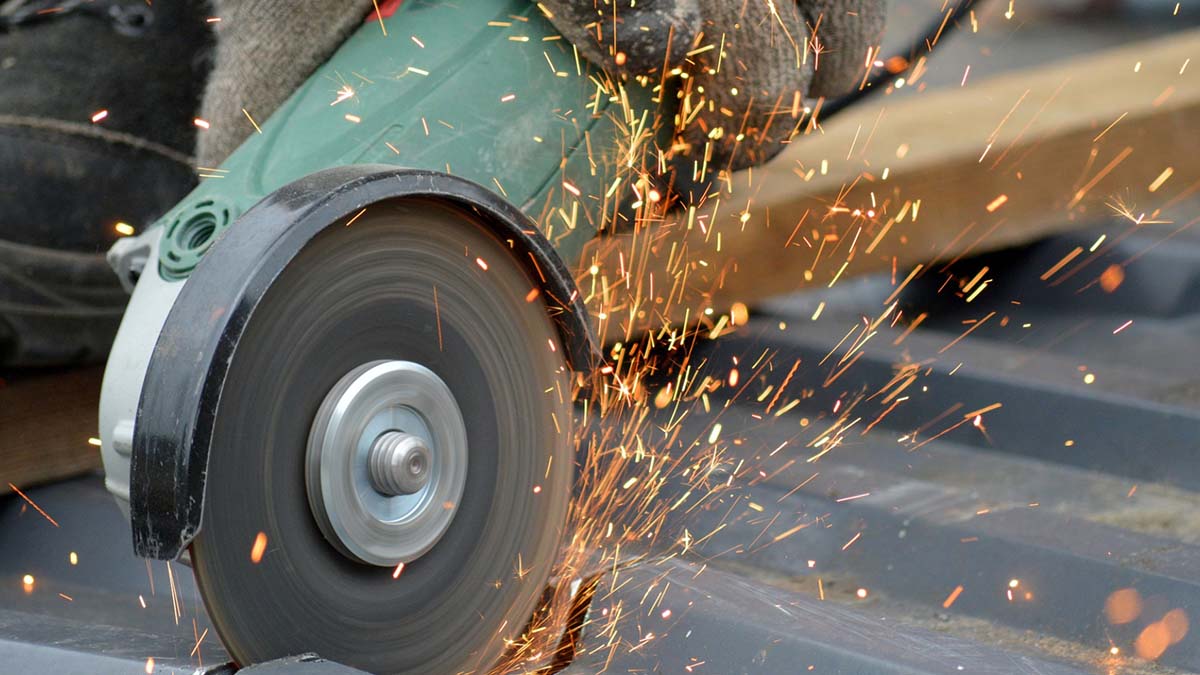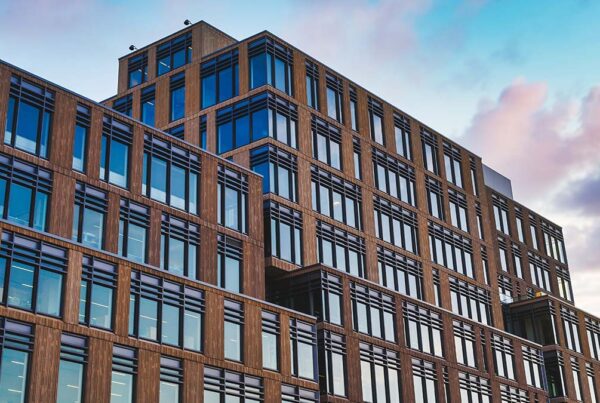
Leasing and maintaining high occupancy numbers in an investment property is paramount to being a successful commercial real estate investor and operator. Investors and operators use different tactics to incentivize tenants to stay to keep respectable occupancy numbers and help ensure a property consistently generates cash flow. Tenant Improvements (TI) is one of those tactics.
What Are Tenant Improvements (TI)?
Tenant Improvements (TI) are renovations and alterations that a property investor/owner makes to rental space as part of the lease agreement to suit the needs of a tenant.
Tenant Improvements often create a win-win scenario because they’re an excellent way for tenants to get what they need out of the space to stay for a long time. Simultaneously, the property investor/owner receives an opportunity to increase the property’s value.
What is Included in Tenant Improvements?
There are two types of costs that you need to know when discussing tenant improvements: hard costs and soft costs. This is important because tenant improvements focus on hard costs and typically don’t cover soft costs.
Hard costs are any improvements made to the building structure itself. This can include replacing or repairing:
- Wall framing and drywall
- Windows and doors
- Paint and carpeting
- HVAC, electrical, and plumbing systems
For these types of improvements, the investor/owner covers the costs because they benefit the building. The tenant is not required to repay any amount of the tenant improvement expenses.
However, it’s worth noting that the investor/owner will typically provide the tenant with a flat amount they’re willing to cover and let the tenant make the repairs. Any costs that exceed the authorized budget are often the tenant’s obligation to pay.
What is Not Included in Tenant Improvements (T.I.)?
Soft costs are typically not advantageous to the property investor/owner and therefore are usually not included in tenant improvements. Soft expenses include things like:
- Furniture
- Electronics
- Data cabling
- Business equipment
- Decorations
- Other belongings that a tenant can take with them when they leave the property
Since these types of improvements specifically cater to the tenant’s special needs and do not benefit the property investor/owner, they are usually not reimbursable as part of tenant improvements.
As an example of hard costs vs. soft costs in tenant improvements, imagine you own a restaurant building and the new tenant wants to open The Yellow Submarine Sandwich Shop. As part of tenant improvements, they ask you to repair the ventilation in the kitchen because it’s not working properly and install a large yellow submarine to hang from the ceiling. As the investor/owner of the property, you would want to include the ventilation repair in the TI because it benefits the building overall as a restaurant. On the other hand, you would not want to include the submarine because if that business moves out, it’s not likely that a large yellow submarine hanging from the ceiling will benefit the next tenant.
Who Pays for Tenant Improvements in Commercial Properties?
The property owners/investors pay for the tenant improvements. This can be done in a lump sum or as a regular deduction of monthly rent. In the latter case, the property landlord will express the amount as a per-square-foot amount and subtract that from the monthly rent.
Regardless of which way tenant improvements are represented, they’re discussed and agreed upon during lease negotiations to ensure all parties are on the same page before signing.
What are some TI examples?
Every tenant has unique demands based on their industry and value proposition, and TIs provide them with an opportunity to try and tailor the space to fit their needs. Good examples of tenant improvements are ones that can benefit the tenant while simultaneously improving the value of the property. In addition to the examples listed above, this could include things such as adding:
- A kitchen
- A break room
- Additional bathrooms
- Additional offices
- Additional conference rooms
These types of additions may help meet the needs of a new tenant while bolstering the property value.
Why Would Investors Pay for Tenant Improvements?
As touched on, paying for tenant improvements that are a win-win scenario for the tenant and the investor/owner help both parties. While it may seem absurd for investors/owners to spend $150,000 for tenant improvements to secure a five-year lease with a new tenant, the numbers can add up if they’re the right improvements.
For example, if the TIs cause the tenant to pay an additional $5,000/mo in rent, that is $60,000/yr and the investors/owners would recoup their initial investment within approximately two and a half years. The increased cash flow after that is icing on the cake.
Can TI Increase the Value of a Property?
Yes, when done right, tenant improvements can increase the value of a property. Tenant improvements often make it simpler to lease out a space and boost the rent. Given that commercial real estate is valued based on its Net Operating Income (NOI), increasing rent also boosts the property’s value
Circling back to the example above where the $150,000 in TIs caused the tenant to pay an additional $5,000 per month, we learned that the investors/owners would recoup their initial investment in two and a half years. By increasing the NOI of the property, the investors/owners also increased the property value through forced appreciation. If the property investors/owners decide to sell after the five-year lease, they’ve made additional cash flow for two and a half years, and they’ll also be able to sell the property for a higher price.
Will Commercial Tenants Stay Longer With More Tenant Improvements?
Some of the greatest renters will need a significant amount of TI. They will want their space to be exactly what they require, and it may be difficult for them to find property investors/owners who are willing to invest in TI. If they can locate a commercial property owner willing to invest money on TI on their behalf, they may be more inclined to stay in that location in the long run.
There’s no direct correlation that the higher the TI, the more probable the tenant will remain in that space. As an investor/owner, you have to make intelligent decisions about what is best for the property itself long-term. That being said, if there’s a good chance that if the tenant is making TI requests that make sense from an ROI perspective and you make them to the property, it’ll be a win-win situation, and the tenant will stay as long as they can.
Conclusion
Tenant upgrades are not mandatory, but they’re a great tactic for getting tenants to lease a property while simultaneously increasing the property value. TI can be costly for both the renter and the property investors/owners. However, pairing the right tenant with the right TI can be a recipe for success in commercial real estate investing.
As you begin your real estate investing journey, be sure to explore our list of important real estate investing definitions.



